Humans
Sign up for our newsletter
We summarize the week's scientific breakthroughs every Thursday.
-
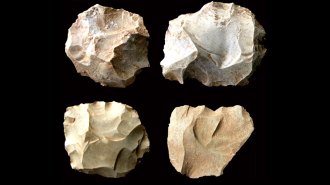 Archaeology
ArchaeologySouth Asian toolmaking withstood the biggest volcanic blast in 2 million years
Toolmakers continued to strike sharp-edged flakes as usual after a volcano’s colossal eruption around 74,000 years ago on what’s now Sumatra Island.
By Bruce Bower -
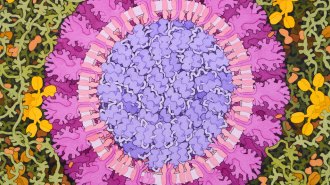 Health & Medicine
Health & MedicineTo tackle the new coronavirus, scientists are accelerating the vaccine process
Scientists are turning to nontraditional approaches to create vaccines and therapeutics that target the novel coronavirus.
-
 Health & Medicine
Health & MedicineU.S. drug deaths dipped in 2018, but cocaine and meth overdoses rose
In 2018, the rates of drug overdose deaths for methamphetamine and cocaine surpassed that of prescription opioids.
-
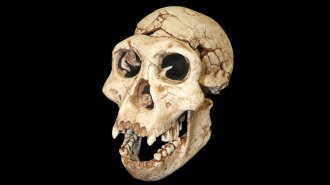 Humans
HumansThe earliest known hominid interbreeding occurred 700,000 years ago
The migration of Neandertal-Denisovan ancestors to Eurasia some 700,000 years ago heralded hookups with a resident hominid population.
By Bruce Bower -
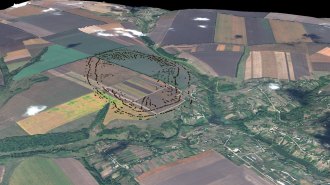 Archaeology
ArchaeologyAncient ‘megasites’ may reshape the history of the first cities
At least two ancient paths to urban development existed, some archaeologists argue.
By Bruce Bower -
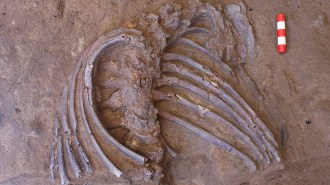 Archaeology
ArchaeologyNew cave fossils have revived the debate over Neandertal burials
Part of a Neandertal’s skeleton was found in a hole dug in the same cave in Iraqi Kurdistan where the “flower burial” was found in 1960.
By Bruce Bower -
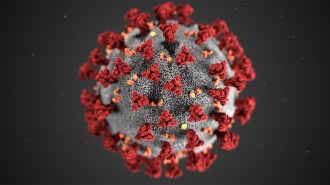 Health & Medicine
Health & MedicineVery few infants seem to be getting sick with the new coronavirus
Scientists tracking how the outbreak of a novel coronavirus is affecting young children and newborns haven’t seen many cases.
-
 Health & Medicine
Health & MedicineCoronavirus’s genetic fingerprints are used to rapidly map its spread
Fast and widespread scientific data sharing and genetic testing have created a picture of how the new coronavirus spreads.
-
 Humans
HumansSome West Africans may have genes from an ancient ‘ghost’ hominid
A humanlike population undiscovered in fossils may have passed helpful DNA on to human ancestors in West Africa starting as early as 124,000 years ago.
By Bruce Bower -
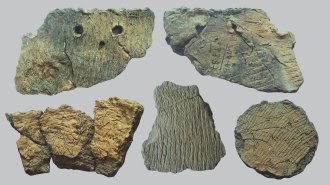 Archaeology
ArchaeologyFood residues offer a taste of pottery’s diverse origins in East Asia
Clay pots emerged in different places and for different reasons, starting at least 16,000 years ago, a study suggests.
By Bruce Bower -
 Health & Medicine
Health & MedicineCases of the new coronavirus hint at the disease’s severity, symptoms and spread
As the coronavirus outbreak continues, estimates suggest that the majority of cases are mild. New research is clarifying how more severe cases progress.
By Aimee Cunningham and Jonathan Lambert -
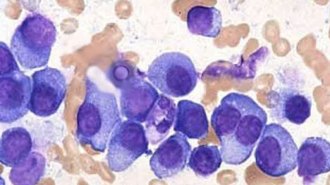 Health & Medicine
Health & MedicineCRISPR-edited immune cells for fighting cancer passed a safety test
Immune cells engineered with CRISPR to fight cancer made some errors, but caused no serious side effects in participants of a small clinical trial.